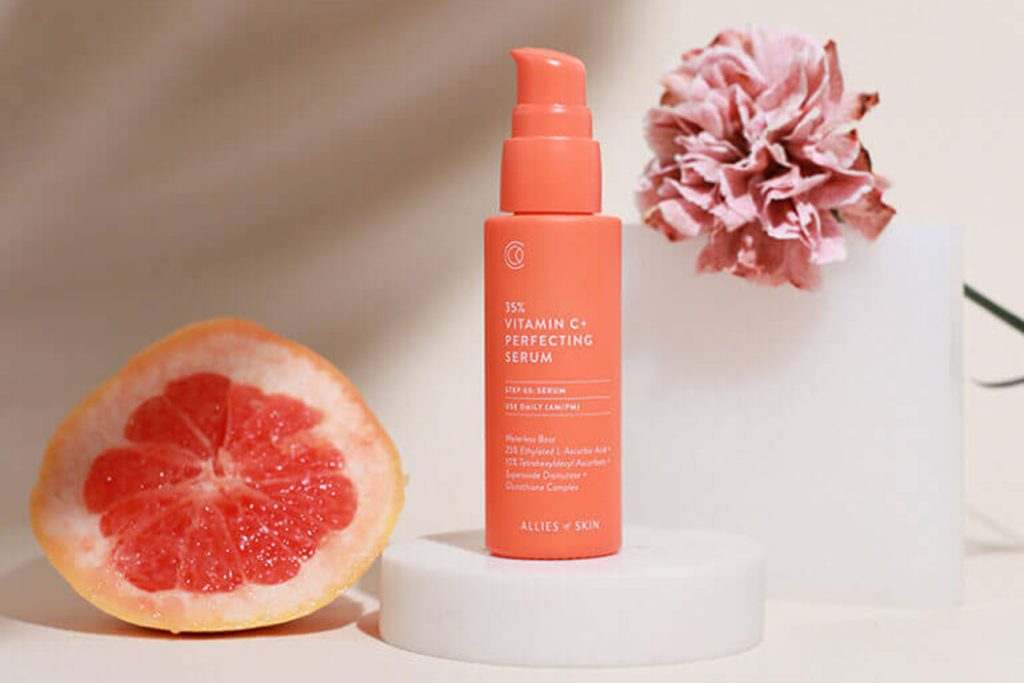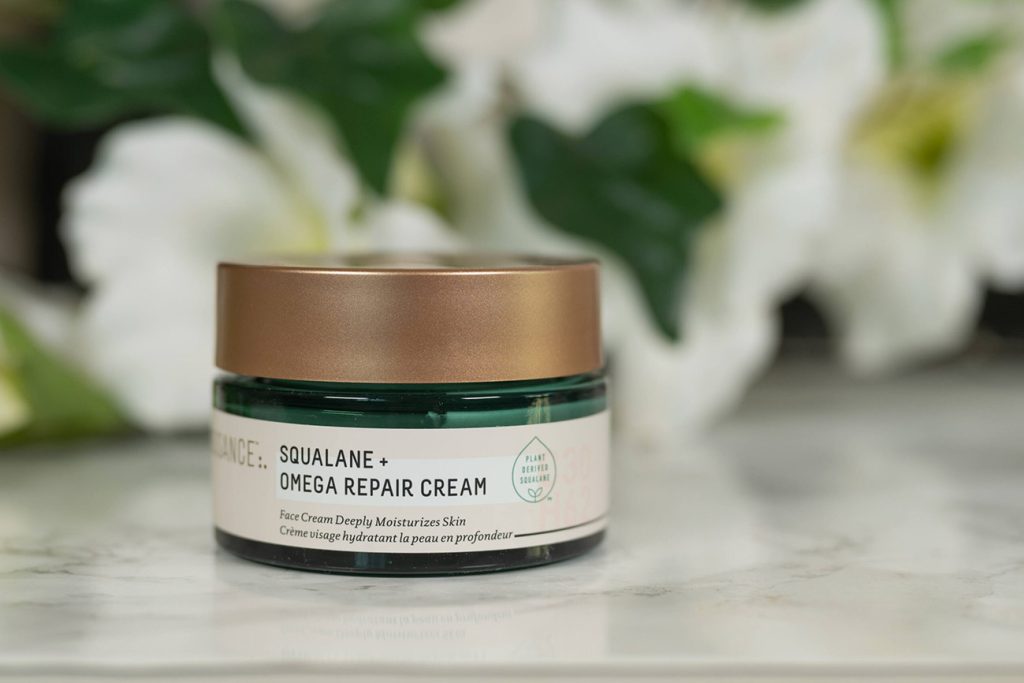We often treat our skin like a canvas—something to cleanse, moisturize, mask, and cover up. But what if we started listening to it instead? Because the truth is, your skin doesn’t just react to what you put on it. It responds to how you live: what you eat, how you sleep, how much stress you carry, and whether you’re giving it time to breathe—literally and metaphorically.
Your skin is not separate from your lifestyle. It is your lifestyle—on display, in real time.
So, if your glow seems to be on sabbatical, or your complexion is suddenly throwing tantrums it never used to, maybe it’s time to ask: what is your skin trying to tell you?
1. The Dull Complexion: “You’re Running on Empty”
When your skin looks tired—even after a full night’s sleep—it’s often a sign that something deeper is off. Think of dullness as your skin waving a tiny white flag, whispering: “Help. I need nutrients.”
Dull skin often reflects:
Nutrient-poor diet
Dehydration
Inadequate sleep quality (even if quantity looks okay)
A lack of exfoliation or circulation
What it needs:
A recharge from the inside and out.
On the topical side, bring in Dr. Barbara Sturm’s Glow Drops to wake up tired skin without shimmer. Pair it with Allies of Skin’s 35% Vitamin C Perfecting Serum, which delivers antioxidant-rich brightening in a high-strength but non-irritating formula.

From within, boost water intake and consider reintroducing healthy fats (avocados, nuts, oily fish). And don’t underestimate movement—just 15 minutes of walking a day can stimulate circulation and help bring back your glow.
2. Sudden Breakouts: “Something’s Out of Balance”
Adult acne is not just a hormonal teenage throwback. Breakouts can be the skin’s way of highlighting imbalance—whether that’s in your diet, hormones, sleep, stress levels, or even skincare routine.
Common culprits include:
Excess sugar or dairy
High cortisol (aka: stress)
Overuse of occlusive products or comedogenic makeup
Sleep disruption or hormonal cycles
What it needs:
A reset—gently.
Instead of reaching for harsh acne treatments that can strip and aggravate, try Paula’s Choice 2% BHA Liquid Exfoliant to decongest pores gradually. It’s cult for a reason.
For hydration without heaviness, La Roche-Posay’s Effaclar Duo+ is ideal for acne-prone skin. And if you’re battling stress breakouts, topical care is only half the battle—take breaks, breathe, and try syncing skincare with your cycle using Typology’s Woman Serum, designed to support skin during hormonal shifts.
3. Flaky or Sensitive Skin: “You’re Overdoing It”
It’s easy to fall into the trap of more is more: acids, retinols, exfoliants, actives. But if your skin is dry, tight, flaking, or prone to random redness, it’s likely telling you, “I need to heal, not hustle.”
Barrier damage is one of the most common skincare issues in the modern beauty world—and often completely self-inflicted.
What it needs:
Simplicity. Calm. Recovery mode.
Strip back your routine. Introduce a gentle barrier cream like Avène Cicalfate+ Restorative Cream, which works even on post-procedure skin. Pair it with iUNIK Centella Calming Gel Cream, a K-beauty staple that delivers cooling, non-sticky hydration.
And for cleansing? Toss the stripping foams and reach for The Inkey List’s Oat Cleansing Balm—it’s rich, soothing, and melts away makeup without disrupting your skin’s natural shield.
4. Excess Oil and Shine: “You’re Stressed or Skipping Balance”
Excessive oiliness doesn’t always mean you have oily skin by default. Often, it’s reactive—caused by over-cleansing, dehydration, or lifestyle imbalances like stress and poor sleep. Think of your skin as trying to overcompensate: “You’ve stripped me, now I’m protecting myself.”
What it needs:
Hydration and regulation, not harsh mattifiers.
Start with Tatcha’s The Water Cream, a lightweight moisturizer that gives oil-prone skin the hydration it craves without clogging pores. Vichy Normaderm Phytosolution Double-Correction Daily Care is another stellar option—targeting oiliness while reinforcing the skin barrier.
Look at your cleanser, too. Switch to CeraVe Foaming Cleanser with niacinamide to regulate oil production gently, not aggressively.
And lifestyle-wise? Step back from the triple-shot espresso and consider mindfulness-based routines. Even 10 minutes of daily stillness can shift your body’s stress chemistry—and yes, your skin will thank you.
5. Redness and Inflammation: “You’re Overstimulated”
Redness, blotchiness, or even unexpected rosacea flare-ups can all be signs of overstimulation—from environmental aggressors, internal inflammation, or an overloaded product routine.
Trigger points include:
Too much screen time (yes, blue light has effects)
Polluted urban environments
Spicy food, alcohol, heat, or sun
Sensitizing ingredients (like high-percentage acids or fragrances)
What it needs:
A soothing, anti-inflammatory approach.
Enter Dr. Jart+ Cicapair Tiger Grass Re.Pair Serum, a K-beauty favorite for calming redness and strengthening skin. For daily protection, Ultrasun Face SPF 50+ not only shields skin from UV but also from infrared and pollution.
Add Biossance Squalane + Omega Repair Cream to replenish skin lipids and buffer inflammation.

And in your lifestyle? Cut back on inflammatory foods, prioritize antioxidant-rich meals (hello, blueberries and leafy greens), and avoid sudden temperature changes.
6. Fast Aging Signs: “You’re Ignoring Stress + Sleep”
Fine lines, dull texture, and loss of elasticity aren’t just about age. They’re also a reflection of how well (or poorly) your body is recovering. Chronic stress, poor sleep hygiene, alcohol, and even emotional burnout show up on your face.
What it needs:
Support, structure, and true rest.
Topically, work in Shani Darden’s Retinol Reform—a gentle but powerful retinol serum that encourages renewal without irritating sensitive skin. Boost with Estée Lauder Advanced Night Repair, a nighttime serum that remains iconic for a reason: it fights fatigue on the skin like no other.
For an overnight facial in a jar, try Augustinus Bader The Rich Cream—yes, it’s an investment, but the transformation is undeniable.
Lifestyle tweak: implement a sleep ritual. Set a wind-down routine, limit screens before bed, and aim for quality over just quantity. Your mitochondria—and your skin—depend on it.
Your Skin Is Talking. Are You Listening?
Your skincare routine isn’t just about trend-chasing or product stacking. It’s a mirror of how you’re living.
So next time your skin acts up, instead of going into product panic mode, pause. Take a breath. Ask yourself:
Am I sleeping well?
Am I feeding my body—or just filling it?
Am I giving myself time to decompress?
Have I been kind to myself this week?
When you start viewing skincare as a two-way dialogue—between what you apply and how you live—everything changes. Your products become more effective. Your skin becomes more resilient. And more importantly, you start to feel aligned, from the inside out.
Because glowing skin isn’t just made in the bathroom mirror. It’s built across every part of your day.



